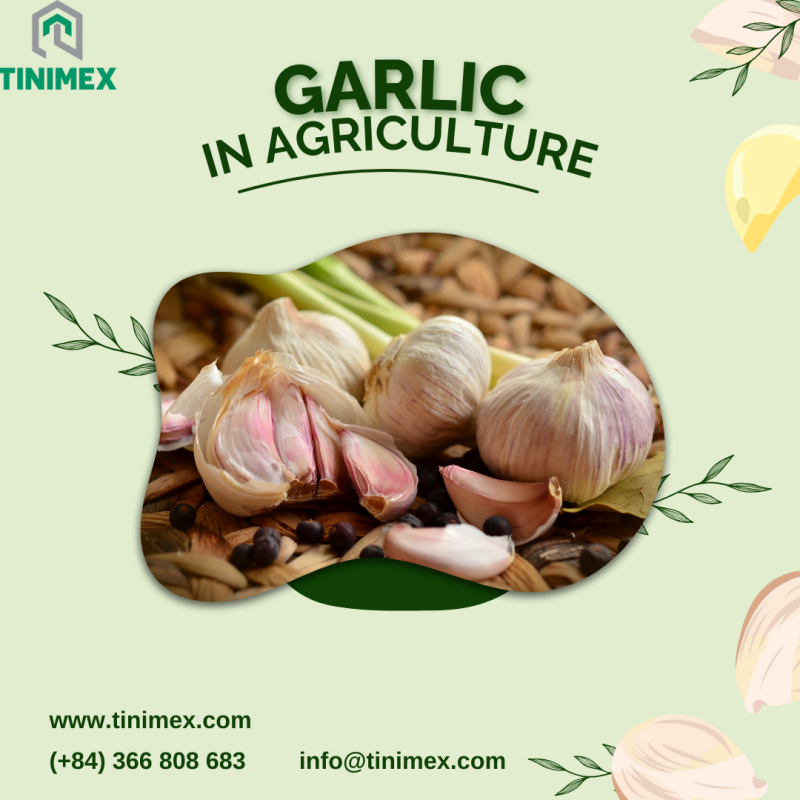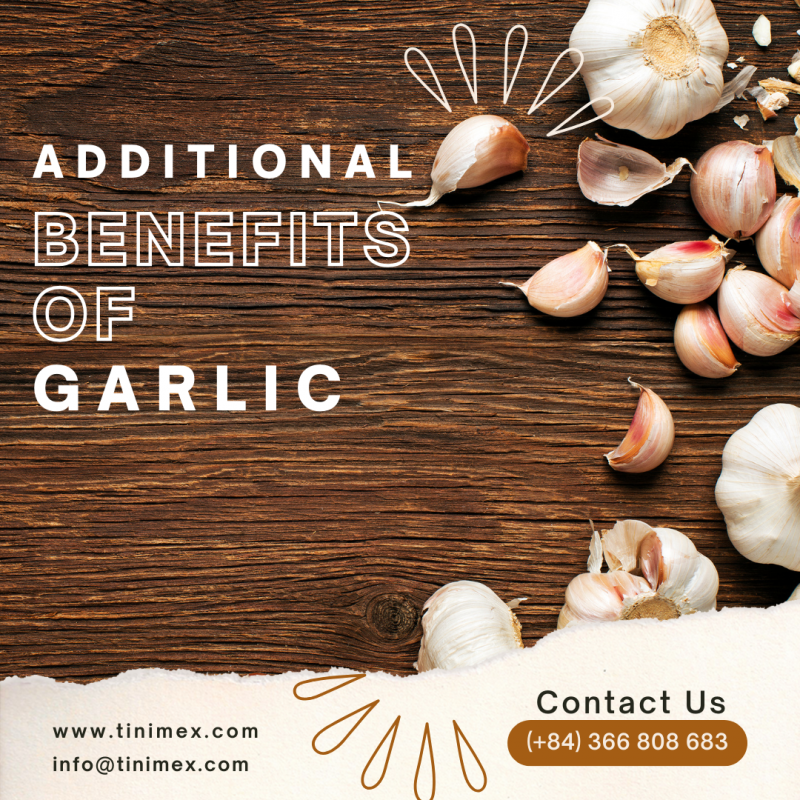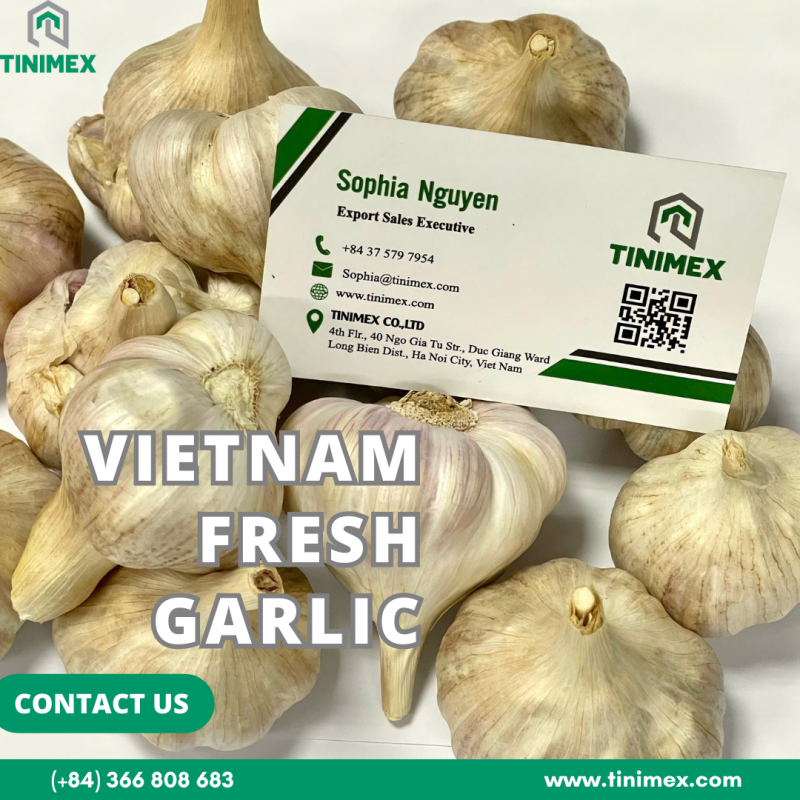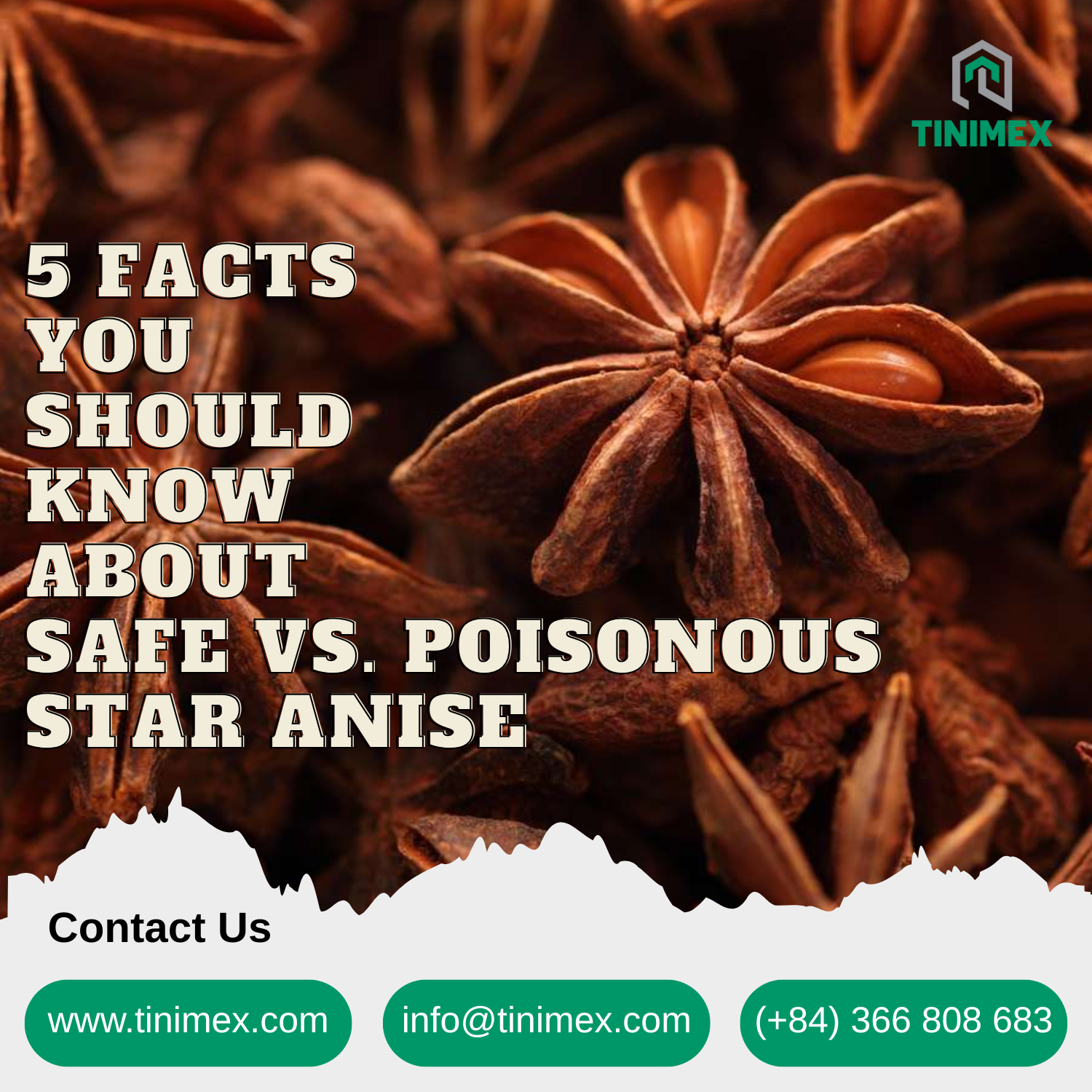The Powerful Role of Garlic in Agriculture: Natural Pesticide and Beyond
Introduction: Garlic in Agriculture
In the ever-growing push for sustainable and chemical-free farming, countries like India and Laos have turned to nature’s pharmacy for solutions. Among the most promising discoveries in organic pest control is a humble yet powerful herb—garlic (Allium sativum).
Used for centuries in culinary and medicinal applications, garlic has emerged as a potent biopesticide, offering an environmentally friendly alternative to synthetic chemicals. With its antifungal, antibacterial, and insect-repelling properties, garlic is now being cultivated not just for food, but also as a vital input in sustainable agriculture.
In this article, we’ll explore the uses, benefits, scientific basis, and global applications of garlic in organic farming, particularly how India and Laos are leading the way.

What Makes Garlic in Agriculture is a Natural Pesticide?
Garlic contains several active compounds that make it effective against pests and pathogens:
- Allicin: A sulfur compound with strong antimicrobial properties.
- Diallyl disulfide and diallyl trisulfide: Repel insects and nematodes.
- Ajoene: Known for its antifungal action.
- Sulfur and selenium: Support plant immunity and deter fungi.
These bioactive compounds interfere with the nervous systems of pests and disrupt their feeding and reproductive behaviors—without harming the environment or beneficial insects like bees and ladybugs.
Organic Garlic in Agriculture in Laos and India: Garlic-Based Biopesticides
Laos: Traditional Meets Modern
In rural Laos, small-scale farmers have long used garlic water as a folk remedy to protect crops. The Laotian Ministry of Agriculture is now formalizing this practice into a national organic strategy.
- Garlic extract is boiled with chili, lemongrass, and neem leaves.
- The solution is cooled and sprayed onto rice and vegetable crops.
- Results show a significant reduction in aphids, caterpillars, and fungal infections.
India: From Ayurveda to Agro-Tech
India, a global leader in organic farming, has embraced garlic-based pesticides as part of Integrated Pest Management (IPM) programs.
- States like Kerala and Sikkim promote garlic sprays in tea, banana, and turmeric farming.
- Research from the Indian Agricultural Research Institute (IARI) shows garlic extract reduces fruit borer infestation by 60%.
- It’s also used as a soil fumigant against nematodes and fungal spores.
How to Pesticides From Garlic in Agriculture: A Simple Guide
Ingredients:
- 10 cloves of fresh garlic
- 1 liter of water
- Optional: chili, neem, or ginger for enhanced potency
Method:
- Crush garlic and mix with water.
- Let it sit for 24 hours.
- Strain and spray onto plants weekly.
This solution is cost-effective, biodegradable, and safe for farmers and consumers.
Additional Benefits of Garlic in Agriculture

Besides being a pesticide, garlic offers other advantages:
a. Natural Growth Promoter
Garlic extract contains sulfur, zinc, and manganese, all of which enhance plant vigor and chlorophyll production.
b. Fungal Disease Control
Garlic combats mildew, blight, and rust in crops like tomatoes, potatoes, and grapes.
c. Soil Health Improvement
Garlic residues in the soil reduce nematode populations and increase microbial biodiversity.
Health and Environmental Advantages Of Garlic in Agriculture
Switching to garlic-based pesticides offers long-term health and ecological benefits:
- Zero chemical residue on crops
- Reduced groundwater pollution
- Protection of beneficial pollinators
- Lower risk of pesticide resistance
- No harm to human health, especially farmers exposed to regular spraying
Challenges and Limitations Of Garlic in Agriculture
While promising, garlic biopesticides are not without challenges:
- Short shelf life: Must be used within a few days of preparation.
- Less immediate effect: Compared to synthetic chemicals, results may take longer.
- Scaling up: Requires community training and proper knowledge dissemination.
But these issues can be managed through education and inclusion in agricultural extension programs.
Garlic in Agriculture: Global Market and Trade Opportunities
The global market for botanical pesticides is expected to surpass $10 billion by 2030, with garlic-based products forming a key segment.
For Importers and Exporters:
- High demand in countries banning chemical pesticides (e.g., EU, Japan, USA)
- New opportunities in exporting garlic concentrates, garlic oil, and dried garlic powder for use in agriculture
- Value-added product development: Garlic-based foliar sprays, compost teas, and granules

Scientific Backing: What the Research Says
- A 2021 study in the Journal of Plant Protection Research found that garlic essential oil significantly reduced aphid populations on cucumber plants.
- The International Journal of Pest Management published findings in 2020 showing that garlic spray outperformed neem in controlling mealybugs on mango trees.
- Researchers from Laos’ National University confirmed that garlic reduced fungal spore growth by over 80% in controlled greenhouse trials.
The Future of Garlic in Agriculture
As climate change, pesticide regulation, and consumer preferences shift agriculture towards sustainability, garlic stands as a key player in the next wave of organic solutions. With more governments incentivizing its use, the role of garlic will only grow in:
- Agroforestry
- Aquaponics
- Vertical farming
- Climate-resilient farming systems
Conclusion: Partner with a Trusted Supplier
In a world moving rapidly toward sustainable agriculture and antibiotic-free animal husbandry, garlic stands out as a versatile, powerful, and natural feed additive. Its use in China and India showcases the scalability and effectiveness of this humble crop when used wisely.
If you’re seeking a trusted supplier of high-quality agricultural products, including garlic feed additives, partner with a company that understands both the science and the global market.
Contact TINIMEX Co., Ltd.
As a professional Vietnamese exporter of agricultural and feed-grade products, TINIMEX is committed to delivering the highest quality garlic ingredients tailored for the livestock and animal nutrition industry worldwide.
TINIMEX Co., Ltd.
📍4th Floor, 40 Ngo Gia Tu Street, Duc Giang Ward, Long Bien District, Hanoi, Vietnam
📞 (+84) 366 808 683
📧 info@tinimex.com
🌐 www.tinimex.com





